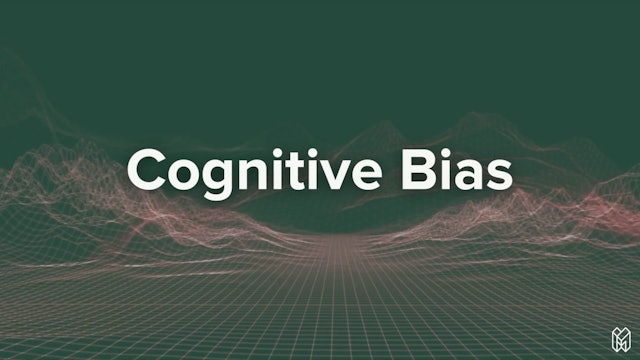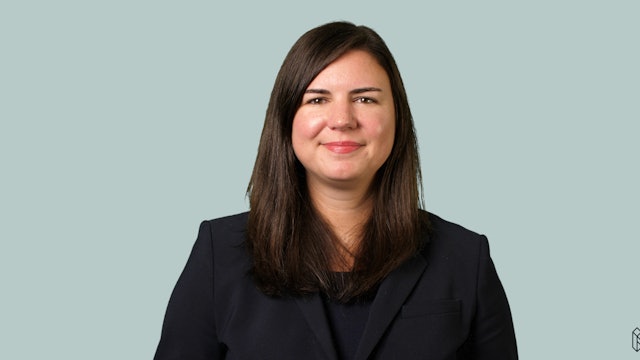-
5 Core Guidelines of Age Etiquette
Ageism exists in the workplace for people of all age types. So, how do you avoid unintentionally offended your coworkers? Follow these 5 principles of age etiquette to foster a respectful and inclusive workplace culture.
-
What is the Difference Between Racism, Prejudice, and Bias?
Learn to differentiate the concepts of bias, prejudice, and racism and analyze how these three forces feed into each other, resulting in systemic racism. Seeing these connections can help us as individuals and as a society to function in a healthier, more equitable and inclusive way.
-
How Ageism Affects Young People
Look at ageism from a broader perspective and you’ll recognize how bias based on age negatively affects younger coworkers as well as older ones. Learn to spot age-based microaggressions that impede the contributions of younger colleagues and learn how to address this form of discrimination.
-
Combating Age-Related Bias at Work
Follow these four recommendations to root out age-based bias throughout your organization. Confirm why ageism is just as serious as any other form of discrimination and why eliminating it will create a team that is more adept, innovative, and productive.
-
What is Colorism?
Open your awareness to colorism: prejudice or discrimination against darker-skinned people in favor of lighter-skinned people. Recognize the connection between colorism and white supremacy and consider the negative impacts of colorism in multiple racial and ethnic communities worldwide.
-
What Is Emotional Labor?
Emotional labor refers to the unpaid, often invisible work that employees must do to keep other people happy. This type of work disproportionately falls on women employees, leading to burnout, decreased engagement, and lost productivity.
-
What Are the Consequences of Ageism?
Gain clarity on the definition of ageism and open your awareness to the wide range of its negative effects on employees’ mental health, self-esteem, and even their physical well-being. Learn the importance of making employees of all ages feel welcome, included, and accepted.
-
What is Ableism and How to Avoid It?
Clarify your understanding of the term “ableism” and learn to recognize the many forms this type of discrimination takes. Get up-to-date guidance on how to communicate about disability using language that puts people first and steers clear of unconscious biases and intrusive questions.
-
Cognitive Bias: Creating False Stories and Patterns
Through biases like confabulation, clustering illusion, insensitivity to sample size, and more, we can make irrational decisions based on false or limited information.
-
What is Transphobia?
Understand what transphobia is, what it stems from, and how to recognize it in your workplace and community.
-
5 Steps to Be An Ally Against Ageism
To combat ageism and become an effective ally to your coworkers of all ages, review and adopt these five straightforward practices. Understand the importance of listening, self-education, speaking up, addressing unconscious bias, and advocating for others to ending age-based bias.
-
The Myth that Ageism is an Acceptable Prejudice
Consider this compelling case for thoroughly rejecting society’s entrenched and pervasive bias against older people. See how this prejudice is based on false assumptions and how it unfairly stereotypes and marginalizes a sizable portion of our population, to the detriment of all.
-
How Do I Respond to a Microaggression?
Learn what a microaggression is and how to use microinterruptions to interrupt microaggressions either as the person experiencing the microaggression or as an ally.
-
Do Women Get Paid Less Than Men?
Learn about the pay gap between men and women as well as the significant gaps between women of different racial and ethnic backgrounds.
-
How Is Implicit Bias Different From Unconscious Bias?
Take a closer look at whether there’s a difference between “implicit” and “unconscious” bias. Learn how trainings can help your team to effectively mitigate the negative effects that biases inject into your company culture.
-
What is the Myth of the Model Minority?
Learn the historical and cultural context of the “model minority” myth, and why it is both false and damaging.
-
Does Bias Training Work?
Learn how to ensure that your organization’s investment in implicit or unconscious bias training has a positive impact, organization-wide. Avoid the pitfalls that cause some bias training to be ineffective, and get three valuable keys for success.
-
What is White Washing?
Understand how white washing misrepresents stories and histories about people of color, why this practice is harmful, and how to avoid consuming only white-washed narratives.
-
What is Unconscious Bias?
Understand the mechanics behind unconscious, or implicit, bias and how it manifests in the workplace.
-
What is White Nationalism?
Confirm your understanding of the racist ideology known as White nationalism. Examine the core beliefs of White nationalists, the causes they advocate for, and the harmful impacts of White nationalism on people of color and American society as a whole.
-
What is Ageism?
Clarify your understanding of ageism, the common manifestations of this form of bias, and its negative effects. Get helpful advice for addressing and eliminating ageism throughout your organization.
-
How Frontline Bias Can Cost You Customers
Frontline bias is a term used to describe the negative attitudes and unconscious biases that frontline professionals may hold against customers of particular demographics. Understand how this type of bias can cost you customers.
-
How to Mitigate Frontline Bias in Your Organization
Mitigating frontline bias in your organization is an ongoing process that includes understanding bias and challenging our own unconscious assumptions to practice everyday inclusion.
-
Is It Illegal to Fire Someone For Their Religious Beliefs?
In the United States, religious discrimination in the workplace is illegal when it comes to all aspects of employment, including hiring, firing, interviewing, promotions, compensation, layoffs, and benefits.


























